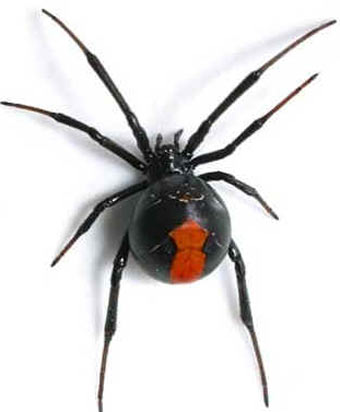Arachnid – Eight-Legged Invertebrates

The arachnid is a class of invertebrate animals with jointed legs. In fact, all arachnids must have eight legs to be considered a member of the class. This class includes spiders, scorpions, mites and ticks. They differ from insects as their bodies are divided into three segments rather than two. Before they developed into the modern arachnid they were marine scorpion-like creatures which evolved over millions of years like every other species on Earth. The marine variety of the species died out over 250 million years ago and we’re left with the modern day arachnid.
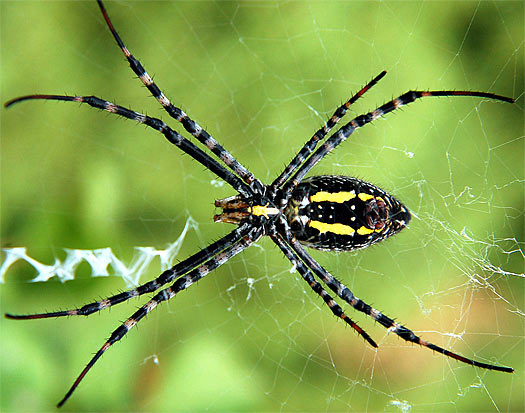
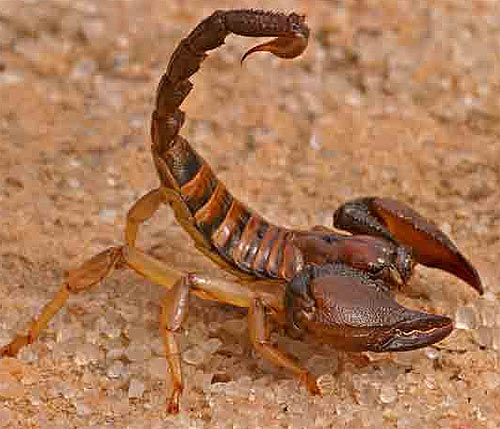
The arachnid’s body is divided into two parts. The head and thorax areas are fused tightly together which forms a part known as the cephalothorax or prosoma and this is then joined onto the abdomen which is also known as a opisthosoma. Its cephalothorax comes equipped with six pairs of appendages, which aren’t always legs. The first pair is known as the chelicerae and is often pincer or fang-like and are generally used for feeding. The second pair which is known as pedipalps which have several functions including catching prey, fertilizing the female of the species and can even be enlarged and leg-like. The other four pairs are solely used for walking. Many arachnids digest their food outside their body by using stomach enzymes which are pumped out of their “mouths” and poured over their prey. The prey is liquefied and sucked back up by the creature.
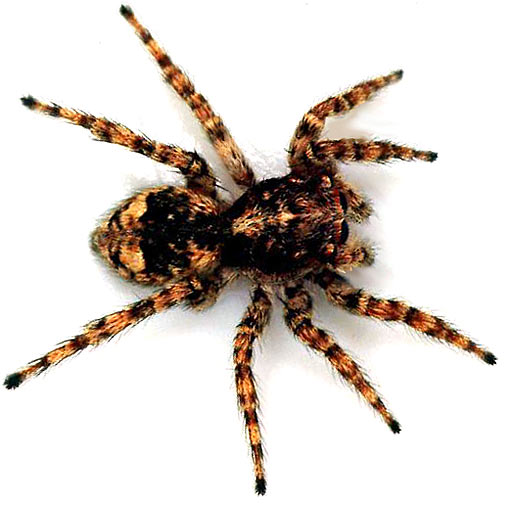
When it comes to arachnids’ reproduction they usually have one or two gonads located in their abdomens. In most species, the sperm is transferred into the female in the form of a spermatophore. They have complex courtship rituals which lead to fertilization.
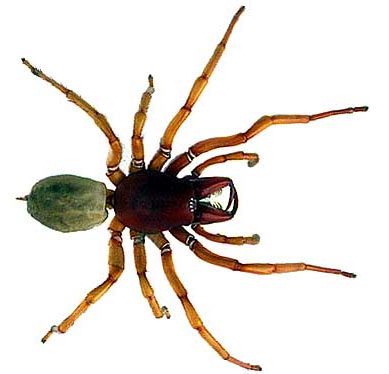
The arachnid group is very large and diverse and there are many different creatures contained within this class. The most well known species is of course the spider, closely followed by the scorpion. The class is divided into eleven orders and within each of these orders the singular species have shared characteristics which other arachnids don’t share. It’s hard to believe that the spiders are in fact quite closely related to the mites but it’s true.
